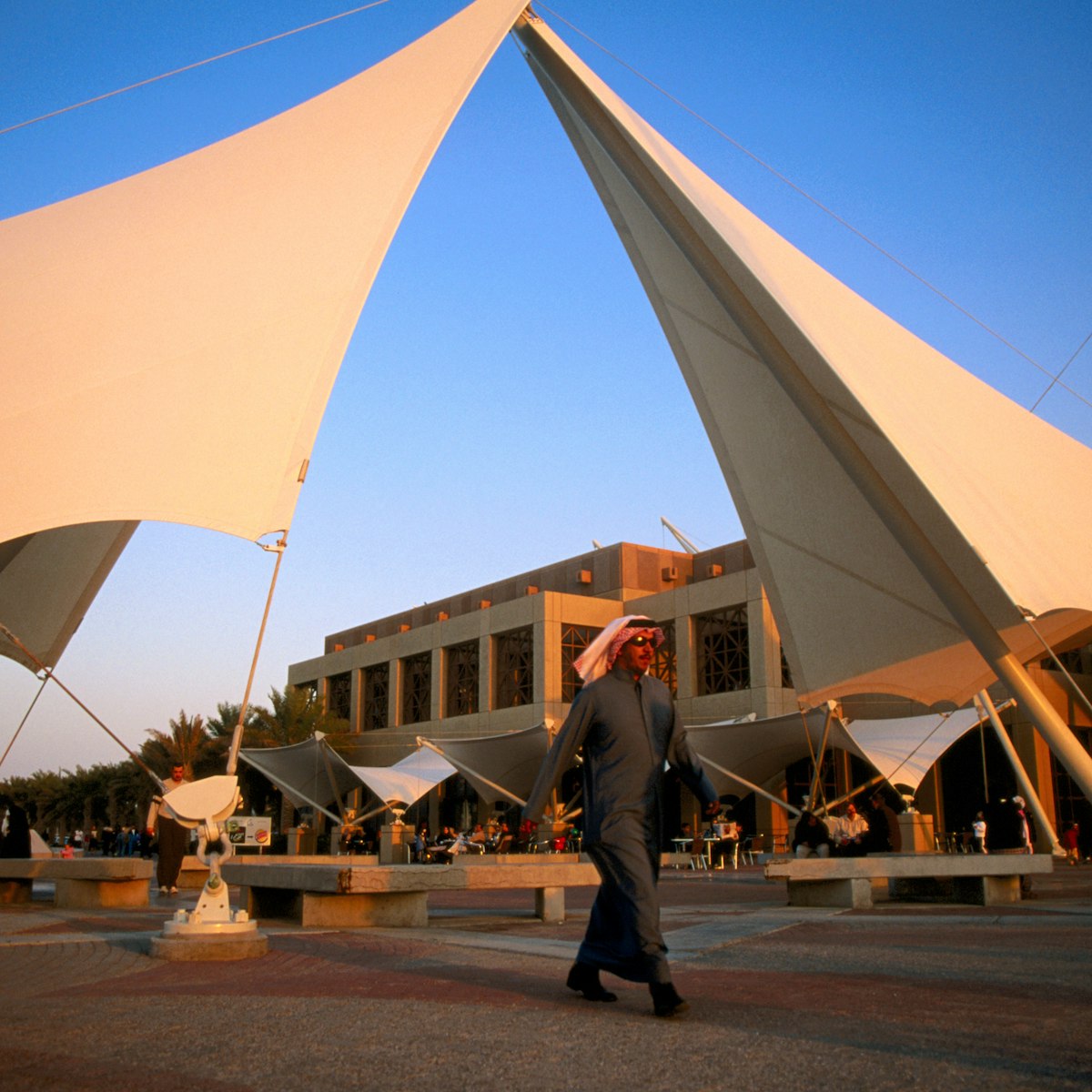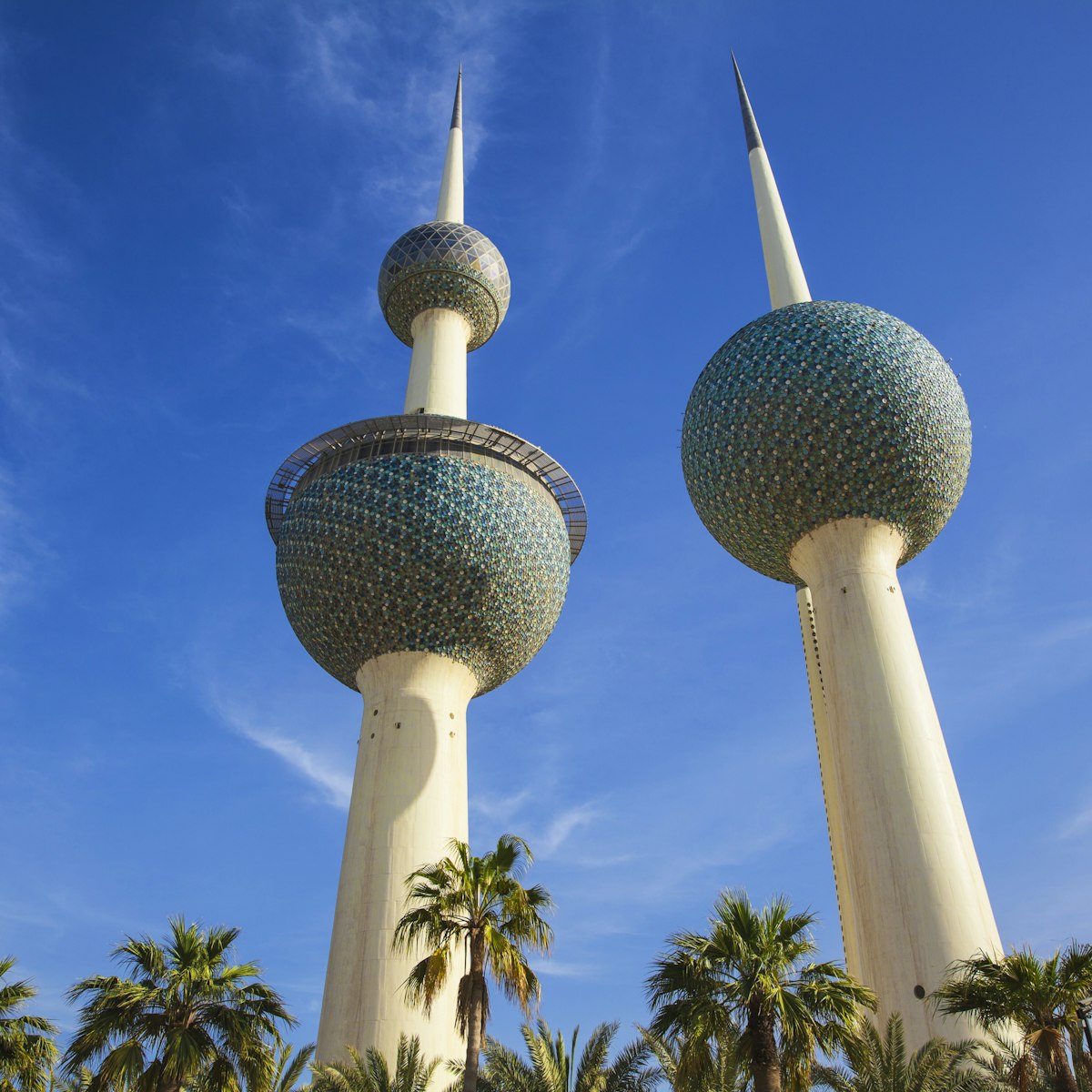The entrance to this museum is hard to miss, with its three magnificent dhows (traditional cargo boats) dry docked opposite Kuwait Bay. The place offers insight into the seafaring heritage of Kuwait, which used dhows and boons to bring water from the Shatt Al Arab waterway near Basra to the bone-dry city, making a tidy profit from its thirsty inhabitants. Photographs inside the museum show the transport of water from boon to home before desalination plants brought water to household taps.
Meanwhile, pearling displays recount Kuwait's history of collecting precious objects from the sea and trading with countries around the world. Displays contain a fascinating array of objects used in the industry, such as a heavy lead weight, a turtle-shell nose peg, leather finger ends and a wool suit to guard against jellyfish. These objects speak volumes about the deprivations of a life spent prising pearls from a reluctant seabed. The sieves of tiny mesh used to sift pearls according to size show that the effort was often barely worth the dangers involved.





